Canon RF 15-35mm F2.8L IS Review
Dustin Abbott
October 26th, 2020
Canon’s new RF mount has unleashed Canon’s creativity and ability to do things they couldn’t before. In the past, one had to choose between wider maximum aperture (EF 16-35mm F2.8L III) or having an image stabilizer (EF 16-35mm F4L IS), but the wider diameter mount along with superior communication ability has allowed Canon to give us the Canon RF 15-35mm F2.8L IS, a lens that goes wider (110° vs 108°) and has both the wider maximum aperture (F2.8) and the Image Stabilizer (an effective 5 stop stabilizer). In fact, if you pair the RF 15-35mm with the new EOS R5 or EOS R6, you can actually get an effective 7 stops of stabilization (according to Canon). There’s certainly enough stability there to make handholding video and getting decent VLOG results easy. Canon has also managed to retain the ability to use traditional screw on filters at a large but relatively common 82mm size, which extends the usefulness of the RF15-35L (as we’ll refer to it for brevity in this review).
The RF15-35L is the wide angle member of the “trinity” of wide aperture, professional-grade zooms for Canon’s relatively new full frame mirrorless ecosystem built around the RF mount. It’s not by accident that some of the earliest lenses to come in the RF mount were the 15-35mm, the RF 24-70mm F2.8L IS, and the RF 70-200mm F2.8L IS, as these constitute the common tools of the trade that many photographers who actually earn a living by photography will use. The wide angle member of the trio might get used a little less for weddings for photography, but it will definitely get a lot of play for wedding videographers as well as real estate walk-throughs, vlogging, and more. It also is going to be a very important lens for landscape photographers and even for journalists. This is an important lens for Canon to get right, and, for the most part, I think that’s just what they did, though that doesn’t mean there aren’t a few lingering questions…and perhaps the biggest one will be price.
As has been commonly the case with Canon’s RF mount lenses, the price tag is not cheap. The RF15-35L will set you back $2300 USD, which is expensive no matter how you slice it. There are two ways to look at this price, however, as if you consider how much more it has to offer than the EF 16-35mm F2.8L III, it is a relative bargain, adding image stabilization and a wider zoom range for only $100. At the end of the day, however, that price is going to be the greatest limiting factor for many potential buyers, though, at this stage, there are few alternatives available in a native RF mount. For some (particularly hobbyists), the answer might be to wait until less expensive alternatives appear. It is my hope that this review will help to answer the questions you might have about this lens and help you make an informed decision as to whether the RF 15-35mm is the lens for you.
Want to watch your reviews instead? Check out either my long format definitive review or shorter standard video reviews.
Follow Me @ Patreon | My Newsletter | Instagram | Facebook | Twitter | Flickr | 500px
Thanks to Camera Canada for getting me a loaner of the RF 15-35mm. If you’re in Canada, check them out for a reliable online retailer.
Canon RF15-35L Build, Handling, and Features
My first impression of the RF15-35L upon taking it out of the box was, “That is a big lens!”. I got a loaner of the RF 70-200mm F2.8L IS in at the same time, and it didn’t feel like the two lenses were radically different in size. Some of this, however, is perceptual. My most recent wide angle zoom lenses that I’ve tested were the Sigma 14-24mm F2.8 DN and the Tamron 17-28mm F2.8 RXD, both for Sony FE. And they are both considerably smaller lenses, though, to be fair, they also have a smaller zoom ratio and neither has built-in stabilization. I was actually surprised to discover that the RF15-35L was actually very similar in size to the EF 16-35mm F2.8L III and considerably smaller than the Tamron SP 15-30mm F2.8 VC G2 lens. This chart shows how the lens compares to these alternatives.
The RF15-35L is actually fractionally shorter (126.8 vs 127.5mm) while being equal in diameter (88.5mm) to the EF 16-35L III, though the RF lens is 50g heavier at 840g. That definitely makes it fairly large and heavy, though the Tamron 15-30 G2 is considerably longer (145mm) and heavier (1110g). What stood out as most impressive to me is that Canon managed to avoid the bulbous front element of the Tamron and retained traditional filter threads in a large but common 82mm. This is huge, as it allows photographers to use traditional, widely available screw-on filters rather than an expensive and unwieldy square filter kit or some kind of rear filters.
One interesting observation from the comparison chart is that all three lenses focus down to an identical 28cm, though they each deliver slightly different magnification results. The RF15-35L falls mid-pack, slightly better than the Tamron’s 0.20x and slightly behind the EF lens’ 0.22x. The 0.21x figure of the RF lens is definitely a useful one:
I will note, however, that I wasn’t blown away by the close focus performance of the lens. Microcontrast and close focus resolution fell a little short of my expectations.
What didn’t fall short of my expectations, however, is the build. While Canon does utilize engineered plastics rather than metal in the shell of its lenses, the 15-35L feels dense and well made. It is engineered with Canon’s Vibration Shock Resistance, a technology I first started seeing on their high end RF lenses. The lens is engineered with the recognition that it will take some shocks and bumps in the course of professional use, and is designed to take those bumps without the lens elements becoming decentered. I know firsthand that Canon L series lenses are tough and hold up well over the long haul. I’ve owned some for over a decade that still look and function like new.
Also helping the lens to be professional grade is a thorough degree of weather sealing. Here is Canon’s language, “For reliable performance even when weather conditions get difficult, the RF 15-35mm F2.8 L IS USM lens features a dust- and weather-resistant construction in the lens mount, switch panel and all rings. Sealing is applied to lens joining sections, and switch panels to help prevent water and dust from entering into the lens.” This is further augmented by having fluorine coatings on both the front and rear elements, which is resistant to dust sticking and also makes it easy to clean off fingerprints or moisture.
The lens is not internally zooming like the alternatives I’ve mentioned here. The length does extend by a couple of centimeters when at the 15mm position. Somewhere near 28mm the lens becomes fully retracted.
The lens has three rings on it, starting with a wide, tapered zoom ring, which flows into a thinner manual focus ring. The feel of the manual focus ring is mostly distinguished by not being wide and tapered nor having the diamond pattern finish of the control ring near the front of the lens. Canon has wisely maintained the unique texture of the control ring across various lenses, which helps because its location varies from lens to lens.
The control ring can have a variety of functions assigned to it from the camera body. You can use it as an aperture ring, exposure compensation dial, or any number of other functions. It is “clicked”, but Canon will “declick” it for video work for a fee.
There are two switches on the side of the barrel. One is a simple AF/MF switch, while the other is an ON/OFF for the stabilizer.
The RF15-35L does ship with a lens pouch and the lens hood. The lens hood (like those of Canon’s other wide angle zooms) is too narrow to have much shading value, though it does provide some additional protection for bumps to the front element.
It does reverse nice and tight for storage, however, so you might as well bring it along!
All told, the RF15-35L met my expectations for the build and handling of one of Canon’s L (Luxury) lenses. The zoom ring extends smoothly, the lens feels tough and robust, and, while large and heavy, Canon has managed to add more functionality to its wide angle formula without adding a lot of additional size and weight. It manages to do more than the Tamron lens with a smaller, lighter size…though that may not be all that comforting if you’re packing the lens around all day!
Finally, a note on the IS. This is a very effective image stabilizer, and, since I tested it primarily on the new Canon EOS R5, I had the benefit of the combined stability of both the lens and camera stabilizing systems working in harmony. In theory, one should be able to handhold ridiculously low shutter speeds, but I’ve always found that there is a practical limit to that. I’ve never, for example, really been able to handhold one second exposures with any kind of real consistency. There’s too much movement when the shutter is released, though the electronic shutter on the R5/6 helps. To me the true value is on the video front, where I can do everything from vlogging and walking to doing moving shots with some success. Not quite gimbal good, but a whole lot more convenient! The image stabilization works very well on this lens, and that definitely extends its usefulness.
Canon RF 15-35mm F2.8L IS USM Autofocus Performance
Canon has given the RF15-35L their Nano-USM focus system. I’m a fan of Nano-USM, as it is typically fast and quiet. It doesn’t work with all lenses (it doesn’t seem to have enough torque for lenses with very large elements like the 50mm or 85mm F1.2L RF lenses), but a wide angle lens like this has easier demands of a focus system. The good news is that focus here is very fast, very quiet, and, in my tests, very accurate. I’ve sometimes seen an issue with some wide angle Sony lenses where there was some pulsing of focus in AF-C (continuous AF) mode, but I’ve not seen any of that here.
Standard focus changes happen near instantaneously, and I heard next to no sound in normal focus operation. When I did my standard focus pull test for video, I could hear some slight whirring during major focus changes, but I didn’t really hear anything during normal clips with less focus changes and a little more environmental sound.
In many situations when shooting at the wider end of the zoom range, you will mostly find that pretty much everything is in focus, so it was more at 35mm and close focus distances where I felt the focus system was challenged at all, but my focus accuracy in these situations is very good.
I’ll also note that I was able to focus perfectly fine with a ten-stop ND filter attached when shooting long exposures. In time past, it wouldn’t be unusual to not be able to autofocus in that kind of situation, but improved focus systems have helped considerably in this area. I suspect that you will get good autofocus results even in dimly lit churches or other venues.
I have no criticisms about the autofocus here. It is quieter in operation than, say, the ring-type USM found in the EF 16-35L III while also giving us very fast focus speeds.
Canon RF 15-35mm F2.8L IS Video Performance
It is obviously very difficult to illustrate video performance in a text review, but the RF15-35L is a very important video lens for a few reasons. In some ways those reasons are a little less imperative after the release of the EOS5/6 bodies, but they are still worth discussing.
Canon’s early EOS R series cameras (EOS R, RP, etc…) had two significant liabilities when it came to video that the RF15-35L addressed. The first was a lack of IBIS, and stabilization is imperative to getting decent video footage. The RF15-35L has an effective lens image stabilizer, which helped address that problem. The second limitation was a very large 1.7x crop factor when shooting 4K, which makes getting wide angle footage difficult. The extremely wide focal length of the 15-35mm allowed one to overcome that shortcoming and still get a focal length equivalent of 25.5mm, very close to the popular 24mm focal length.
The newer EOS R5/6 bodies solve both of these problems, but that just means that video shooters have better image stabilization and more flexibility with the focal length.
The RF15-35L is a popular lens for wedding video, real estate walkthroughs, and vlogging for obvious reasons. It has a great zoom range and delivers crisp footage with great detail.
The only potential downside is that it is a big, heavy lens that won’t work as well on most gimbals as a smaller, lighter lens.
Canon RF15-35L Image Quality
This is the critical area, to me, as when I review a lens with a premium price tag, I expect a premium optical performance. Is the RF-15-35L able to deliver?
For the most part, I think the answer is yes, though I wasn’t uniformly impressed. My principle criticism is a familiar one after reviewing the EF 16-35L III; like that lens, the RF15-35L suffers from a severe amount of vignette on the wide end…and I mean severe.
As you can see, the vignette in the corners approaches 5 stops, which puts it outside my ability to manually correct for it in Lightroom. I’ve maxed out the sliders on the corrected image on the right, but you can see that some vignette persists in the corners. A similar degree of vignette remains after the correction profile is applied, so this could be a problem in certain situations. If you are shooting at higher ISO values, it is possible that you could introduce some noise into the corners after correction. I’ve praised Canon’s ability to avoid a curved front element, but I believe that this is the consequence. The Tamron 15-30mm has that curved front element, but it also has less than half the vignette we see here.
In camera profiles will correct JPEG and video, but expect those same limitations in some situations (for me the most difficult scenario is shooting in winter, as snowy corners really show vignette). Neither does the problem just “go away” as you stop the lens down; nearly three stops of vignette persist in the extreme corners even at F11.
There is also a considerable amount of barrel distortion at 15mm, though the standard profiles have an easier job in correcting that. The distortion turns to mild pincushion distortion by 35mm, and the vignette is still heavy, but about a stop less and thus falls more in the typical range for correction.
How impactful the heavy vignette is will depend on your shooting environments. For someone like me who shoots in snowy environments nearly half the year, this is a real issue, but your shooting environments may be less demanding. Here’s what that vignette looked like in a standard shot of my living room.
This is without correction, and, while the vignette is obvious, I don’t think it ruins the image. But a snowy scene would be a different matter (though thankfully there is no snow on the ground at the moment!!)
Fortunately this is my biggest complaint. This is a great zoom range, giving you a lot of framing options with each scene. You can go from this:
…to this:
The primary optical strength of the lens is that it provides fairly even sharpness across the frame and a fairly even performance across the zoom range. There’s a bit of a dip at 20mm, and I found the strongest performance to fall somewhere around 24mm.
First of all, however, at 15mm. Here’s my test chart that I will show crops from:
Here are the crops from the center, midframe, and then far corner.
What I see is fairly good sharpness with only moderately good contrast.
I don’t like to test lenses in a vacuum, as I prefer to see how they compare to rival or comparable products. There are relatively few wide angle options available in the RF mount thus far, but I did happen to have the Samyang AF 14mm F2.8 in an RF mount. I tested them both, side by side, on the 45Mpx sensor of the EOS R5. Here’s a look at how those comparisons from the center, mid-frame, and top left corner compare:
My observations were that the center performance was similar, though with a slight contrast edge to the Samyang. The mid-frame result strongly favors the Samyang, but the corner result goes to the Canon. One minor issue for the Canon that you can also see in that corner crop is that there is a bit of lateral chromatic aberrations on either side of the black lines whereas the prime is essentially free of those. I’ll also note that I had to add one third stop of exposure to the Canon zoom to get equal exposure.
The Canon lens has more potential for sharpening, however, and when stopped down to F5.6, the Canon lens was sharper everywhere save the mid-frame where the Samyang is particularly strong.
F8 proved to be the strongest aperture for across the frame sharpness and contrast and should be the preferred aperture for landscapes. Real world images at smaller apertures are sharp and contrasty:
At 20mm, the F2.8 performance is the weakest of the zoom range. Contrast levels weren’t exceptional, but there was a LOT of potential for improving sharpness and contrast by stopping down to F5.6 other than in the extreme corners, which remain a bit soft.
Real world images at 5.6 look pretty good, though obviously the corners aren’t razer sharp.
I was more impressed at 24mm, where wide open performance was strong and got even better when stopped down to F5.6. Even corners got impressively sharp at F5.6 at 24mm.
At 35mm is where the RF lens shows the greatest improvement over the EF 16-35LIII. It isn’t pin-sharp at F2.8, but when stopped down to F5.6 it delivers very strong sharpness across the frame.
Real world 35mm results look generally excellent:
My one complaint about sharpness and contrast is at close focus distances, where contrast and detail aren’t particularly impressive. Take a look at the crop from this image:
That was fairly representative of what I saw, and I didn’t have any close up images where I was impressed with the results. One could stop down, of course, to improve sharpness, but that also means you have even less opportunity to create background blur. Speaking of that blur (bokeh), this is the one area where the older EF 16-35L and LII lenses were superior. They didn’t have amazing sharpness or contrast, but they did deliver surprisingly soft and smooth backgrounds when put in the right situation. I found the bokeh a little on the busy side with the RF15-35L, though bokeh is a subjective measure and you can decide for yourself:
My findings on flare were a bit of a mixed bag. I thought the lens had a nice sunburst (18 pointed due to the 9 aperture blades), and when I controlled the positioning of the sun I got fairly good results for stills:
I was less impressed when panning across the sun for video, however. The flare pattern (ghosting) was fairly strong and could certainly negatively impact footage unless you 1) want that look or 2) aren’t careful in the way you position the sun.
Another positive is that the RF15-35L delivered very nice results for shooting the night sky (astrophotography). Star shapes become mildly distorted along the edge of the frame, but not in a significant way. I was able to get beautiful star results:
The great zoom range gives you a lot of choices for framing scenes and getting some dramatic stretch of stars to compliment your foreground.
I got a lot of great images with the RF15-35L, and you can check out the image gallery if you want to see more of them. I think that Canon has delivered a strong image quality performance that will make most photographers happy, but at the same time I picked up on a few areas where the engineers compromised to deliver everything they did in this lens.
Conclusion
The Canon RF 15-35mm F2.8L IS USM is a very important lens for Canon’s full frame mirrorless ecosystem. It’s the kind of the lens that working professionals need, be they wedding photographers, journalists, or landscape photographers. Canon has managed to increase the functionality of their “last generation” wide angle zooms by increasing the zoom range and giving both a wide maximum aperture and image stabilization all in one package. They impressively did this while managing to retain the ability to use traditional screw-in filters, which makes the lens more accessible and easier to use.
A lens like the RF15-35L makes it easy to get beautiful landscapes or dramatic wedding shots, though it is a lens designed around professionals. It’s large and heavy, and thus requires that extra level of commitment to use.
It isn’t a perfect lens. It is expensive ($2299 USD), which will be the chief obstacle to many potentially interested customers. It has an obscene amount of vignette and a fair amount of distortion at 15mm. But it has great autofocus, an excellent image stabilizer, and delivers sharp images with good color and contrast. I doubt many will be put off by its performance, but there may be a few that are unwilling or unable to pay the price of entry. That leaves room for Canon to do what it is has always done, though, and give us an F4 alternative at about 60% of the price. But if you want it all, the Canon RF 15-35mm F2.8L IS USM is the wide angle zoom to get.
Pros:
- Strong, robust build quality
- Quality weather resistance
- Quiet and quick autofocus
- Effective image stabilization
- Ability to use traditional filters
- Excellent focal range
- Consistent performance across frame and zoom range
Cons:
- Very heavy vignette
- Some vulnerability to flare
- Close up image quality a little soft
- Expensive
Gear Used:
Purchase a Canon RF 15-35mm F2.8L IS @ B&H Photo | Amazon | Camera Canada | Amazon Canada | Amazon UK | Amazon Germany | Ebay
Purchase a Canon EOS R5 @ B&H Photo | Amazon | Camera Canada | Amazon Canada | Amazon UK | Amazon Germany | Ebay
Purchase a Canon EOS R6 @ B&H Photo | Amazon | Camera Canada | Amazon Canada | Amazon UK | Amazon Germany | Ebay
Purchase a Canon RF 70-200mm F2.8L IS @ B&H Photo | Amazon | Camera Canada | Amazon Canada | Amazon UK | Amazon Germany | Ebay
Peak Design Slide Lite: Peak Design Store | B&H Photo | Amazon | Amazon Canada | Amazon UK
Peak Design Leash Strap: Peak Design Store | B&H Photo | Amazon | Amazon Canada | Amazon UK
BenQ SW271 4K Photo Editing Monitor – B&H Photo | Amazon | Amazon.ca | Amazon UK
Adobe Photoshop Creative Cloud 1-Year Subscription
Exposure Software X5 (Use Code “dustinabbott” to get 10% anything and everything)
Visit Dustin’s Amazon Storefront and see his favorite gear

Purchasing your gear through B&H and these links helps fund this website and keeps the articles coming. You can also make a donation here if you would like. Visit my Amazon page for some of my gear of choice! Thank you for your support.
Great News! I can now offer a 5% discount on all purchases at Amplis Foto, Canada’s Leading Photographic Supplier. Please enter discount code: AMPLIS52018DA in your cart. It is good for everything in your cart, and is stackable with other coupons, too! It will take 5% off your entire order! Proceeds go towards keeping this site going and providing you with new reviews!
Check me out on: My Patreon | Sign Up for My Newsletter | Instagram | Facebook | Twitter | Flickr | 500px | Google+ |
Use Code “DUSTINHDR” to get $10 off ($15 CDN) any Skylum product: Luminar, Aurora, or AirMagic
Purchase a Canon EOS R6 @ B&H Photo https://bhpho.to/3dCt9g3 | Amazon https://amzn.to/3o0T4Tm | Camera Canada https://shrsl.com/2k730 | Amazon Canada https://amzn.to/3424pLc | Amazon UK https://amzn.to/2H9e6yj | Amazon Germany https://amzn.to/2T0BkJJ | Ebay http://bit.ly/EOSR6dla
Keywords: Canon 15-35, 15-35mm, RF 15-35, 15-35L, 15-35mm, F2.8L, IS, USM, Review, RF 15-35L Review, Canon EOS R5, EOS, R5, EOS R5, mirrorless, full frame, EOS R5 Review, Canon R5 Review, Canon EOS R5 Review, Dustin Abbott, Real World, Comparison, Handling, Dynamic Range, Tracking, Focus, Portraits, Resolution, High ISO, Image Quality, Sample Images, Photography, Astro, 45Mpx, RF 15-35mm F2.8L IS, Canon
DISCLAIMER: This article and description contains affiliate links, which means that if you click on one of the product links, I’ll receive a small commission. As an Amazon Associate I earn from qualifying purchases.










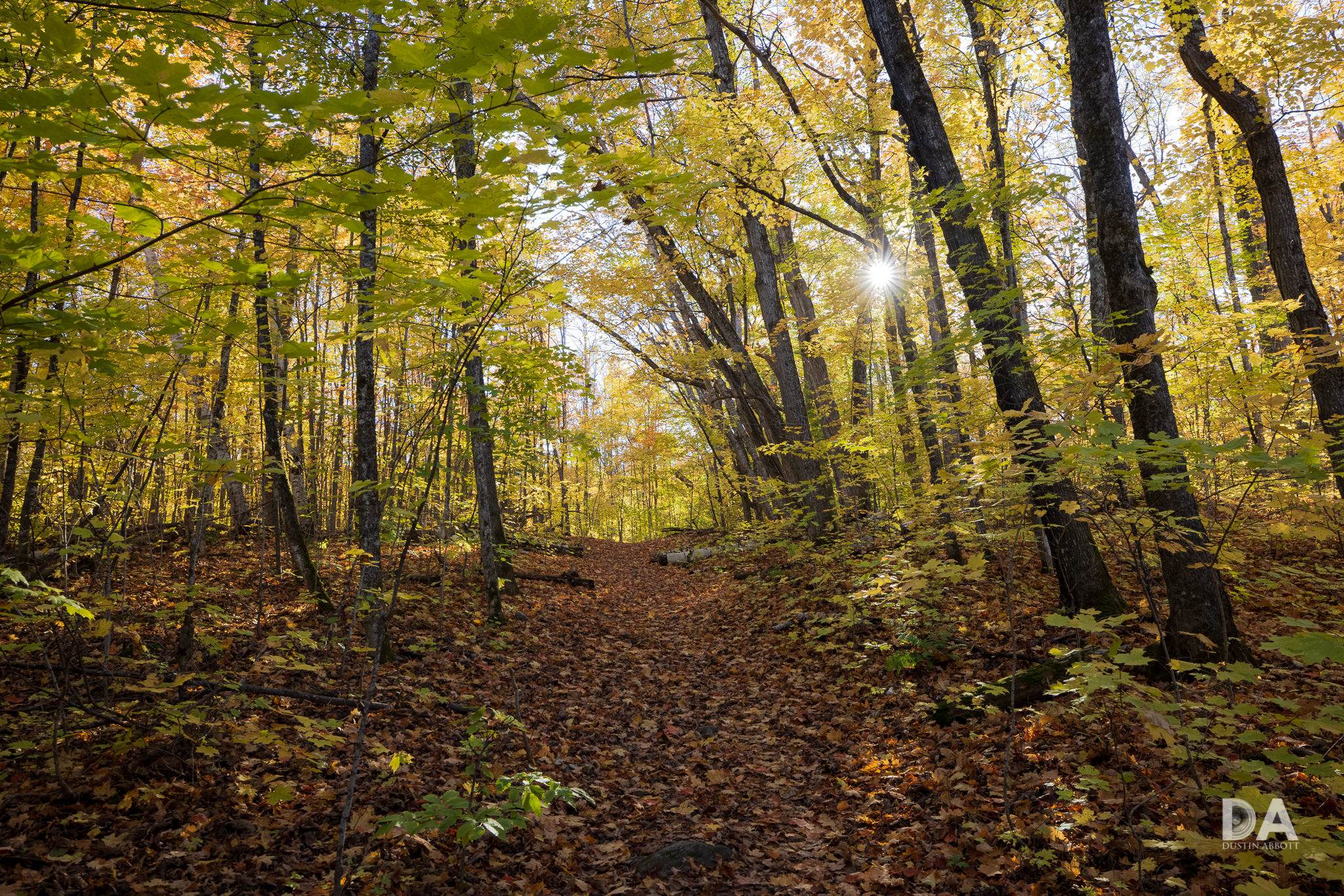
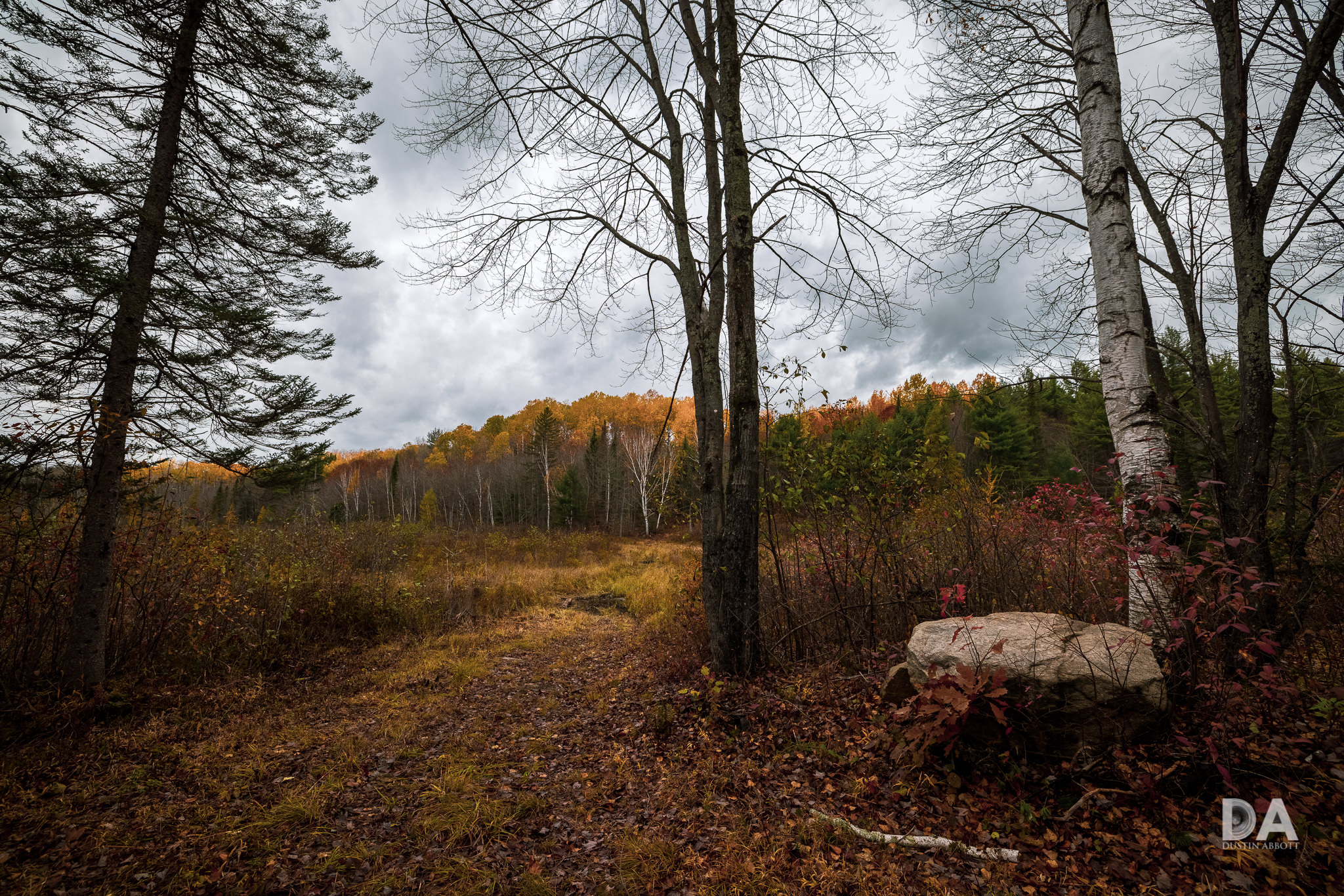
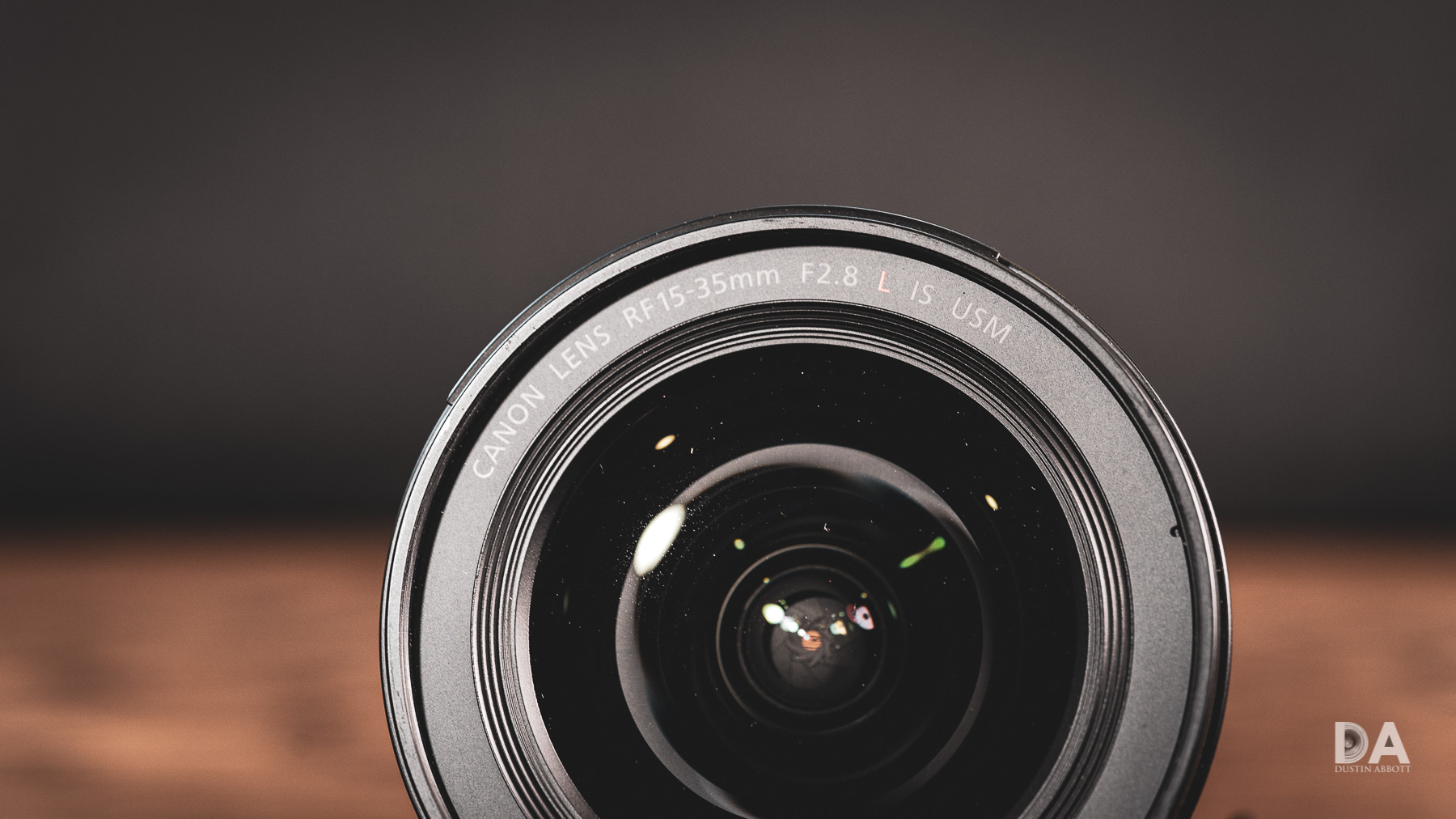



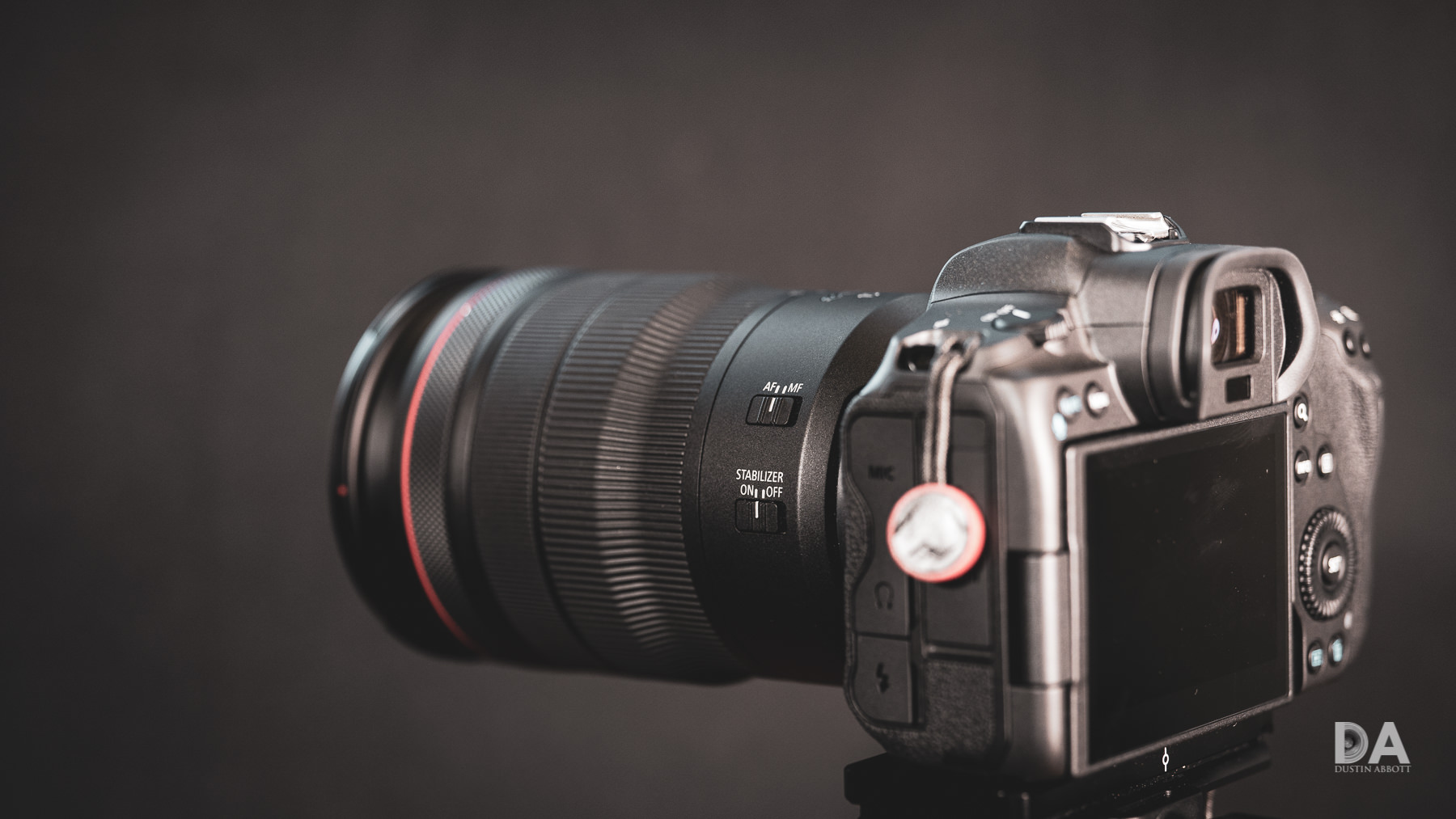
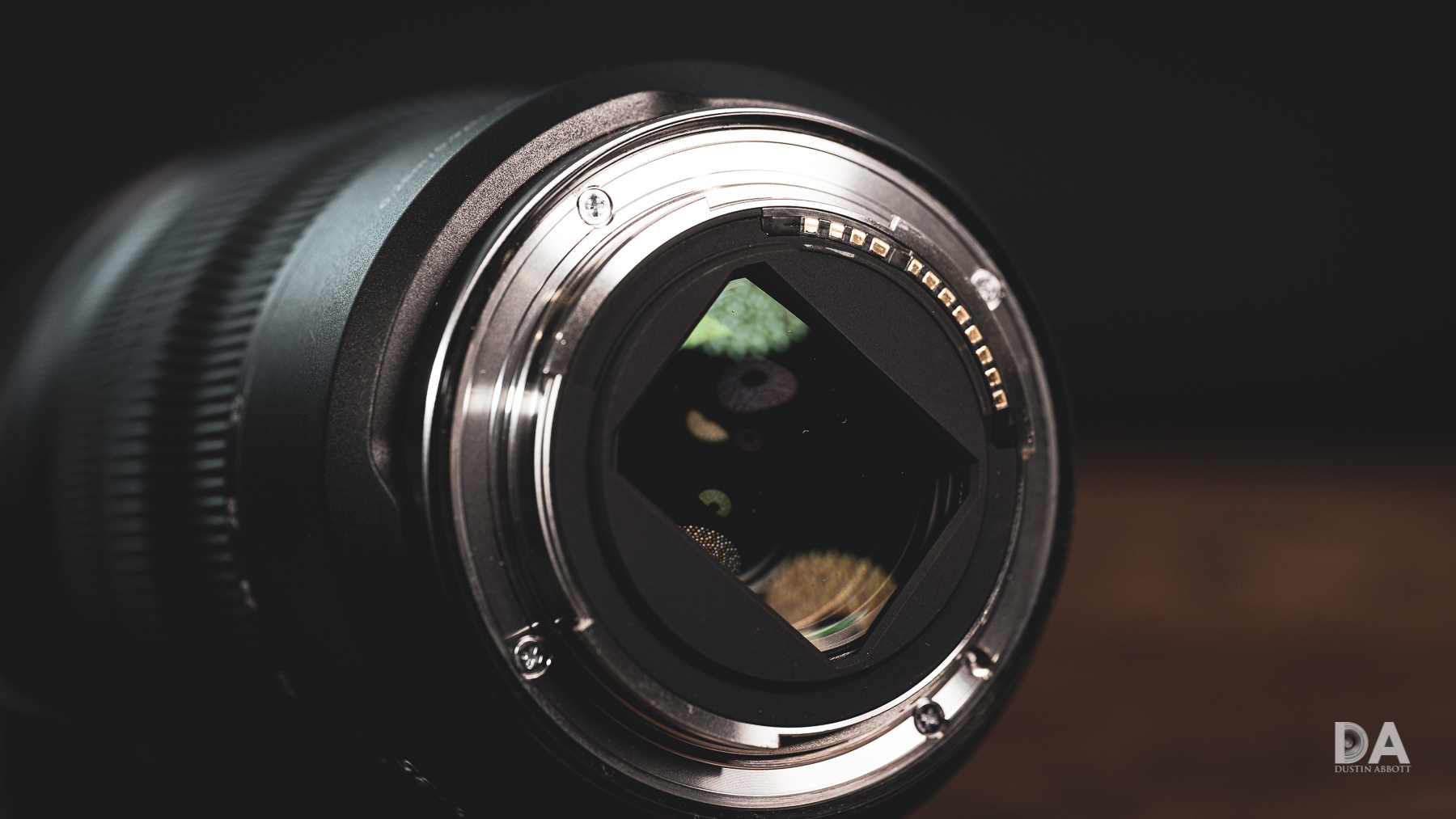
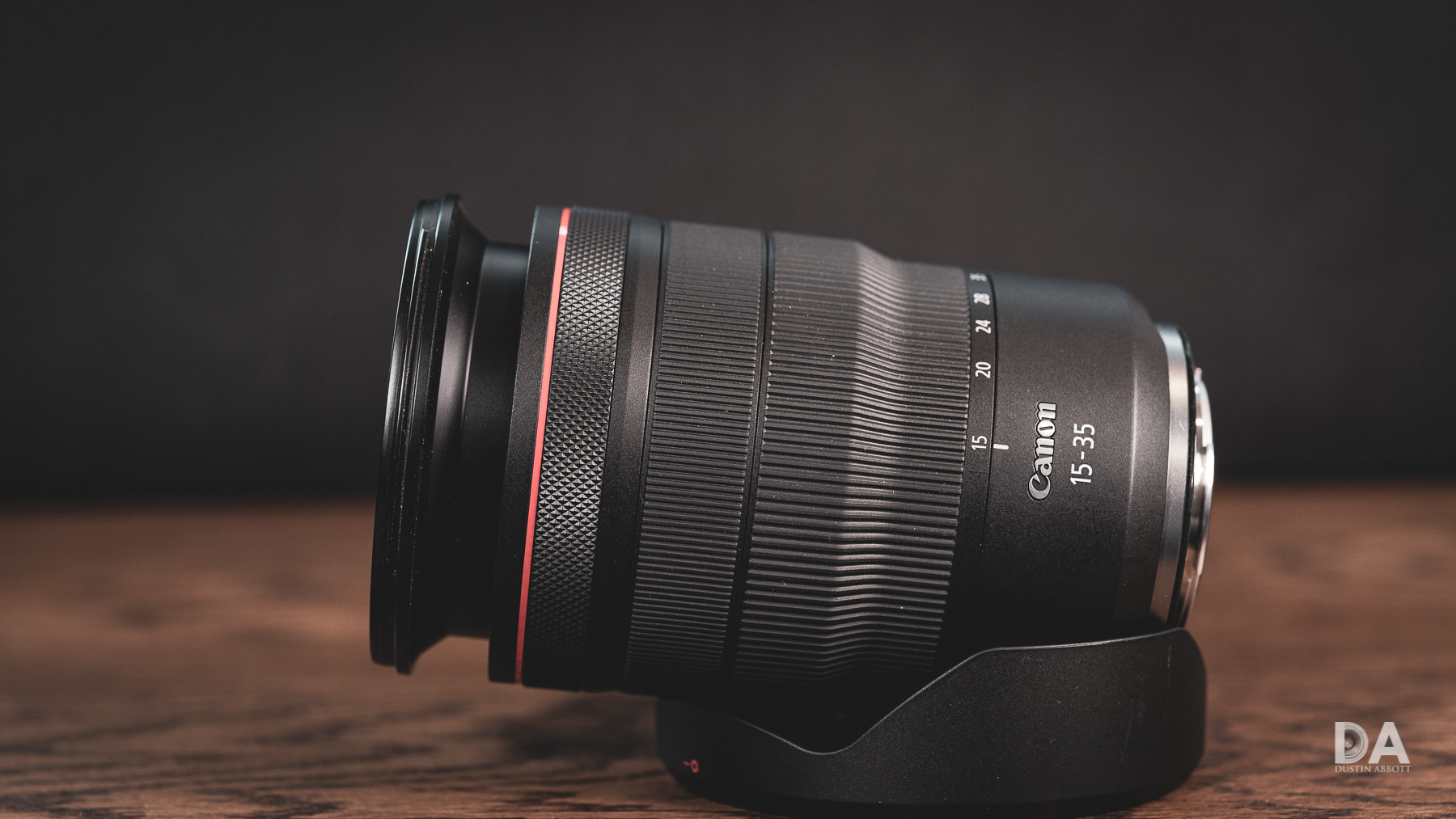

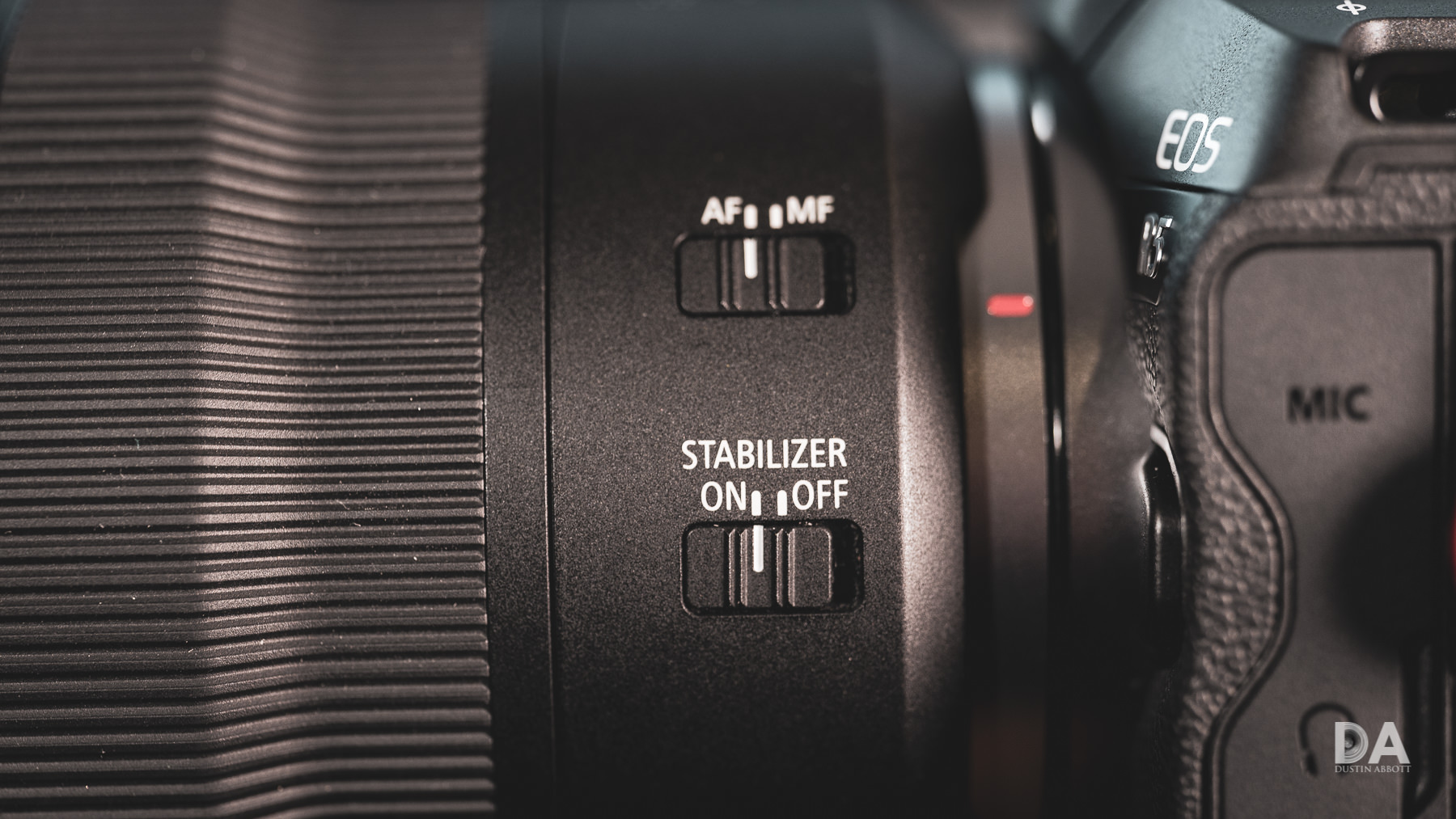
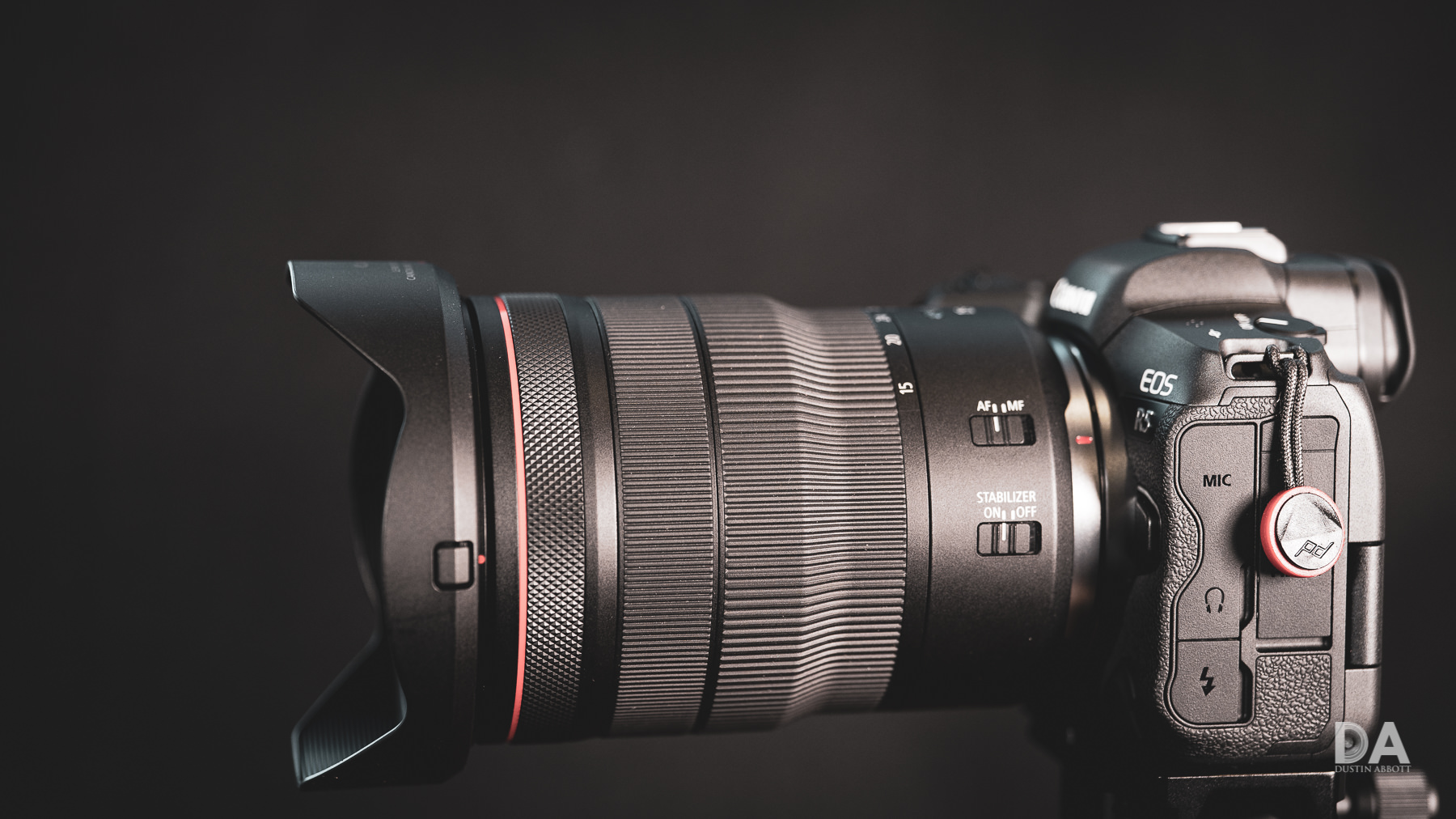
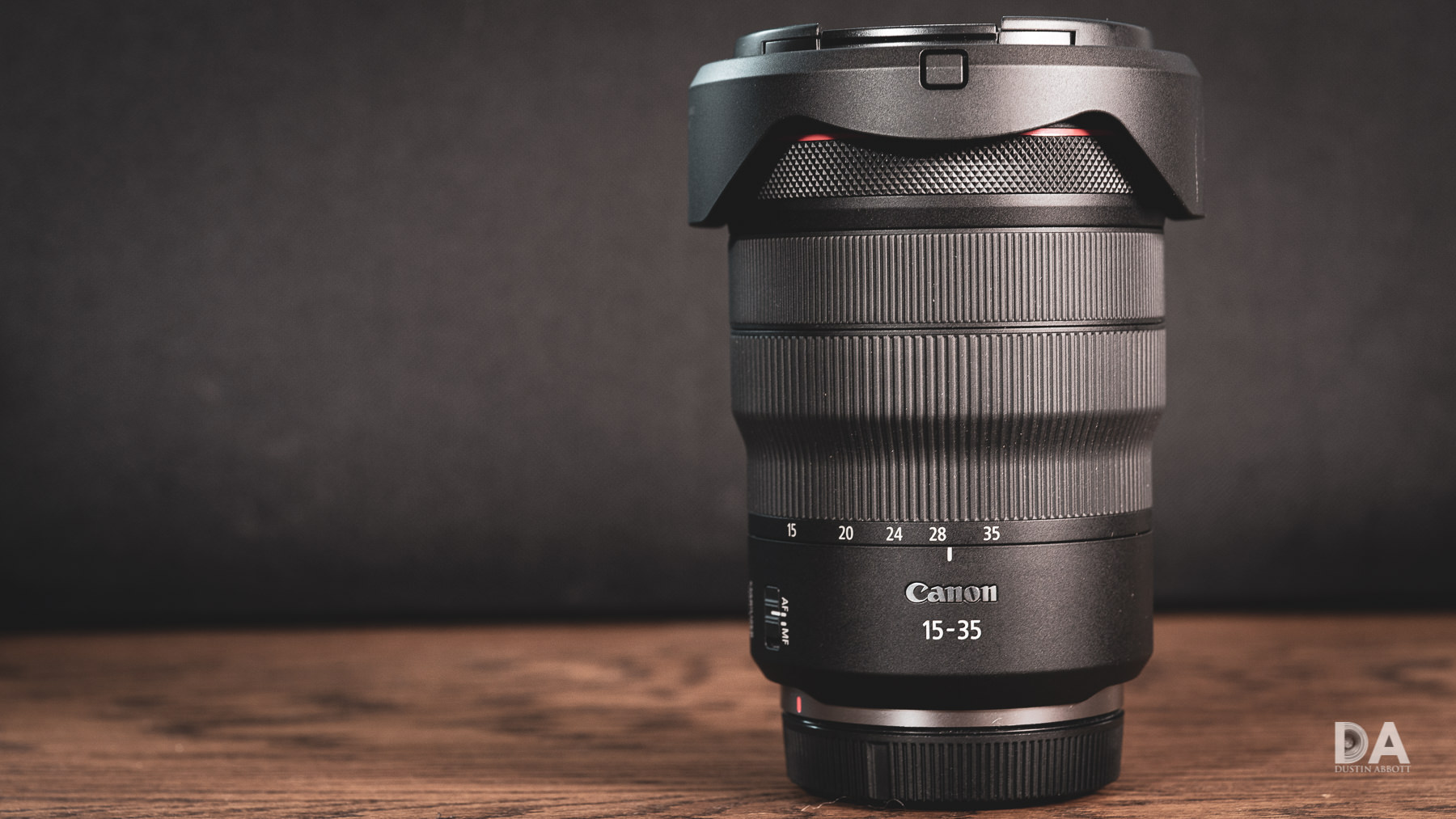



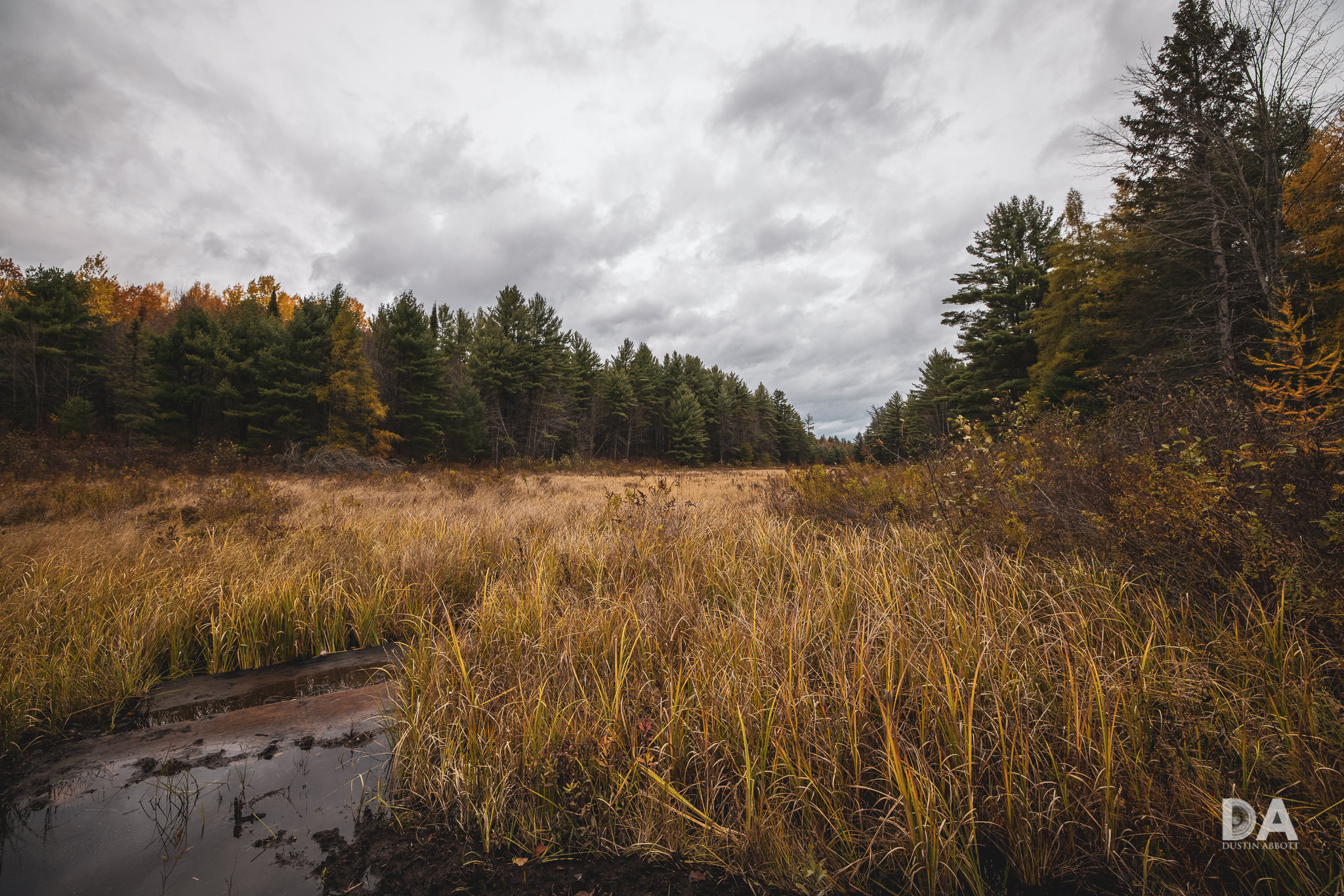
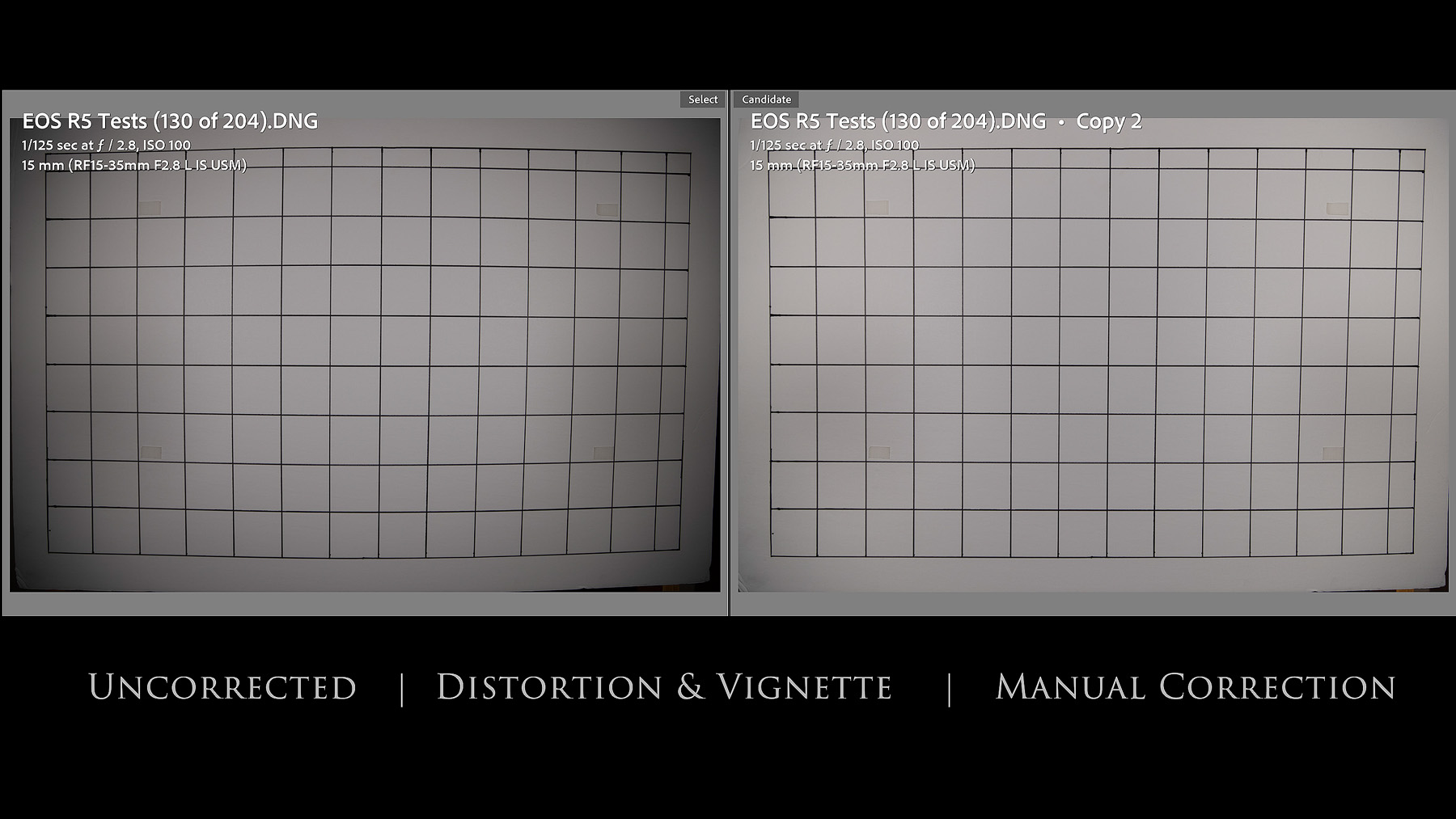
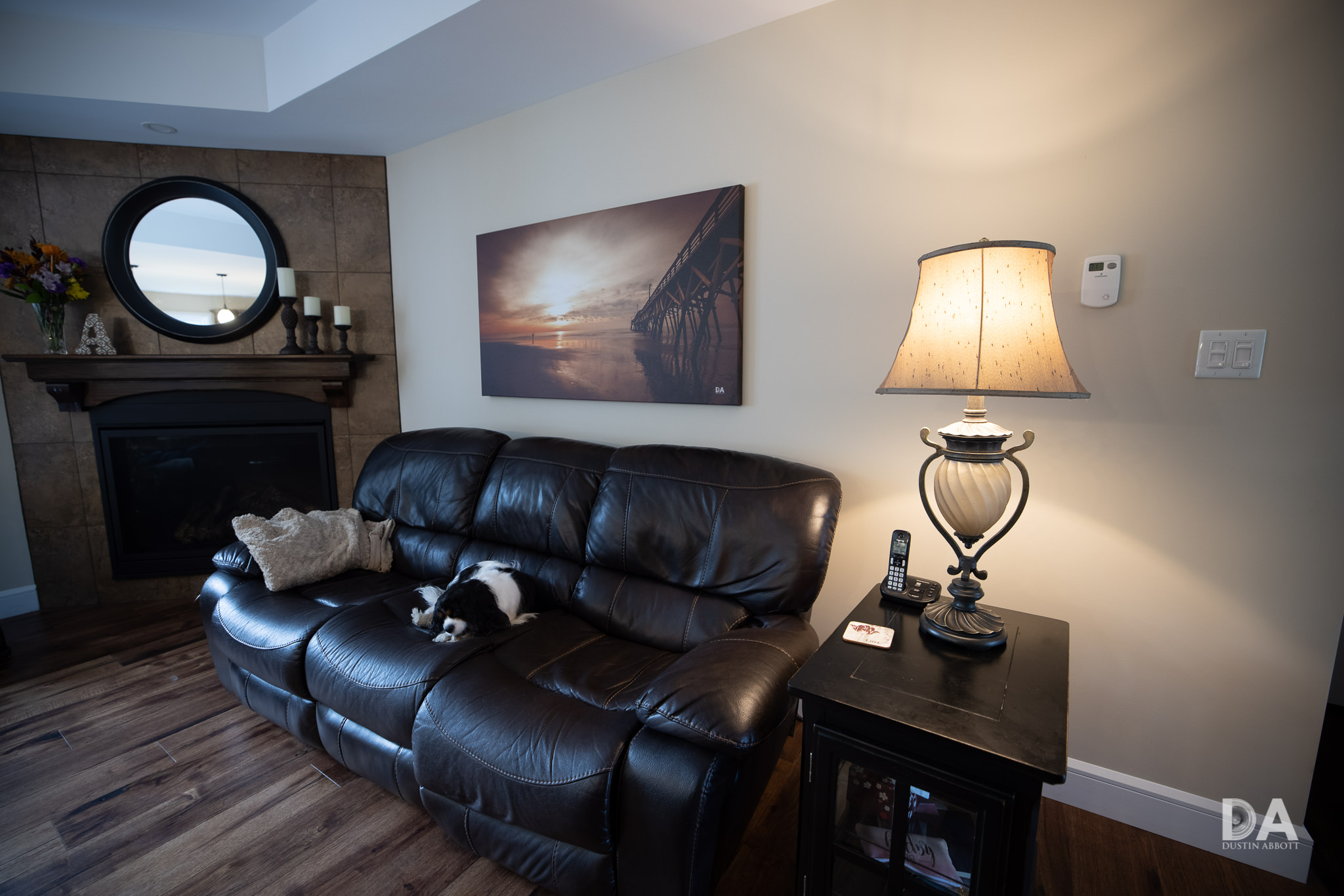

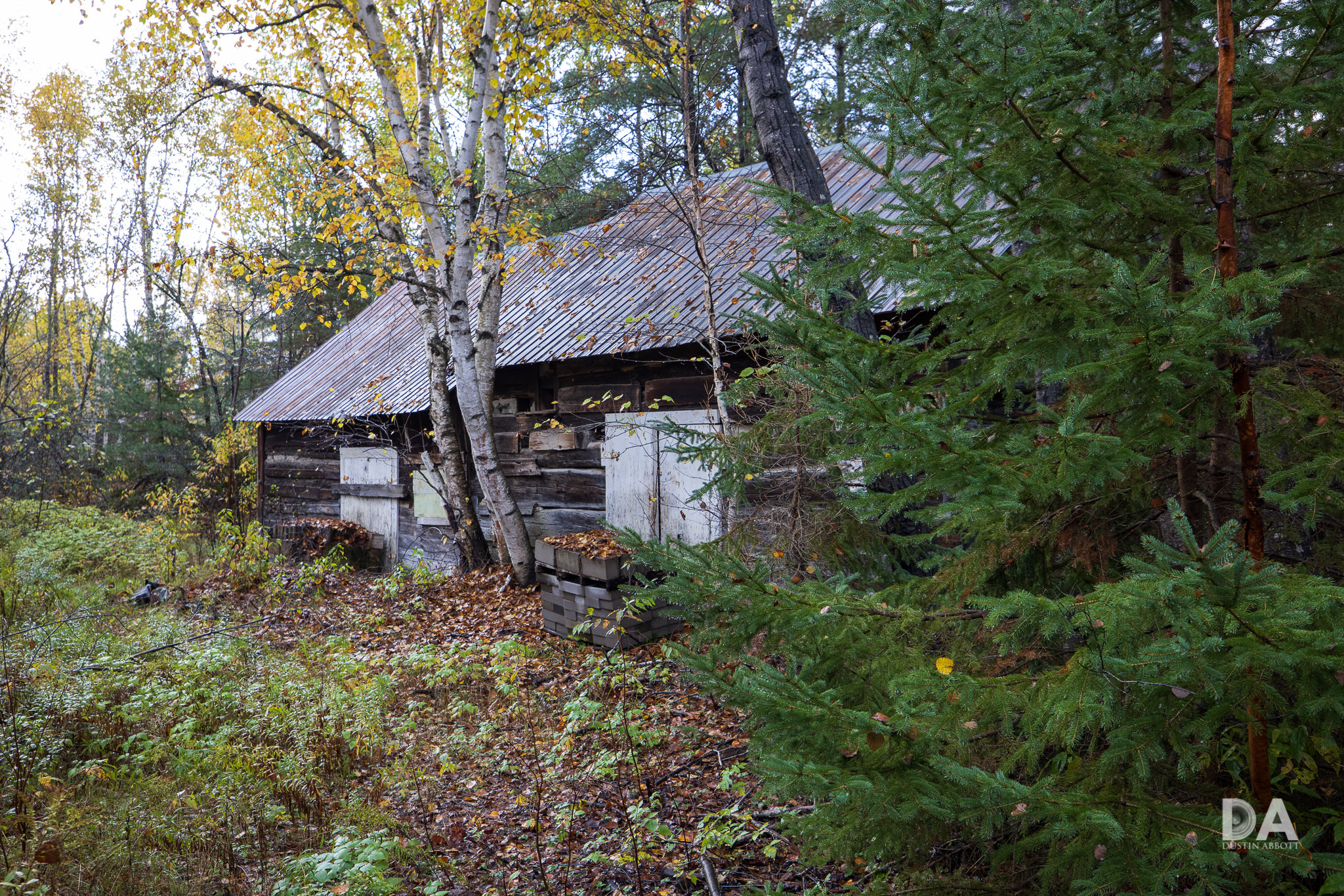
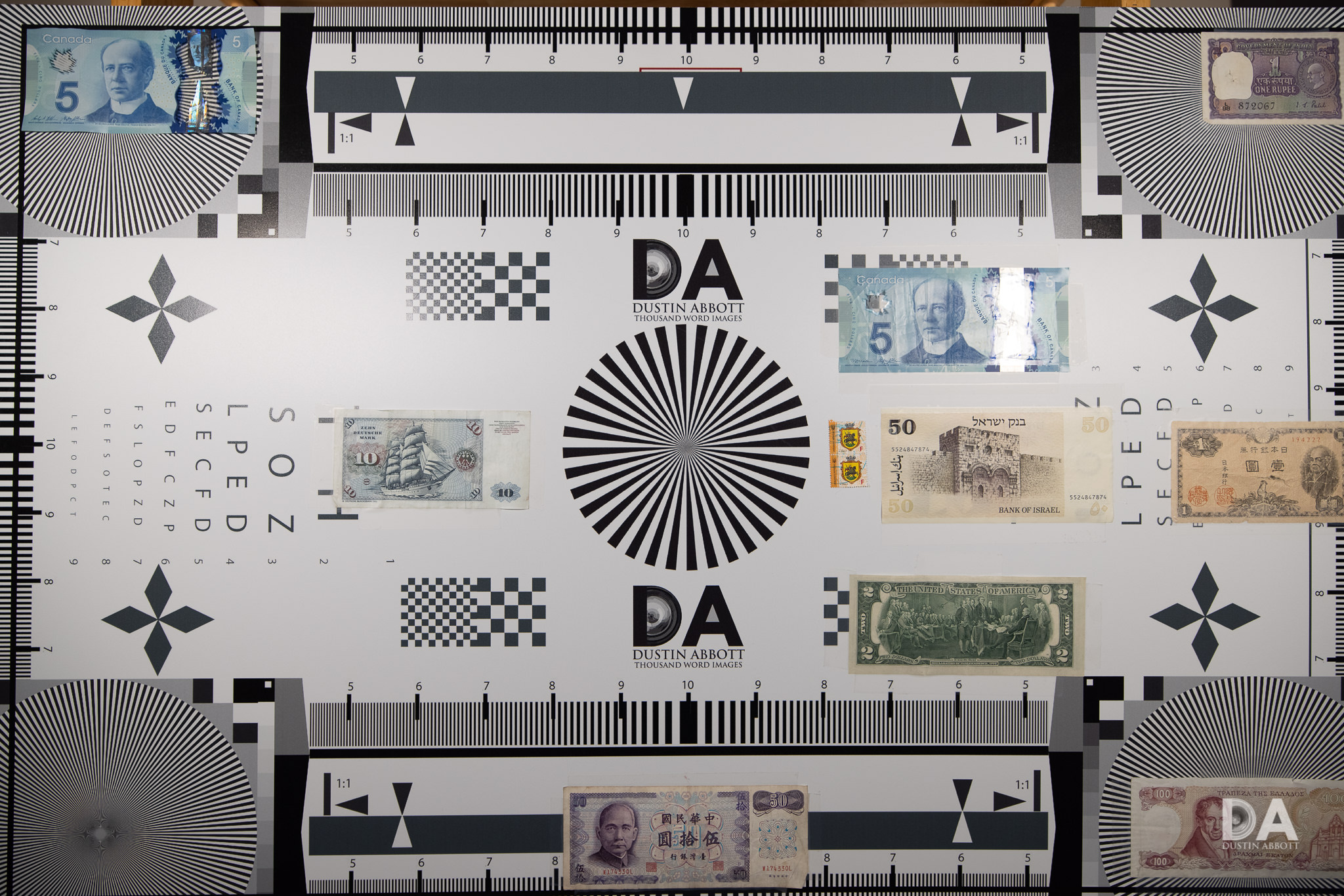
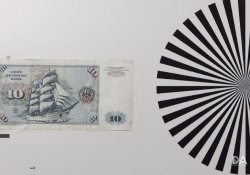



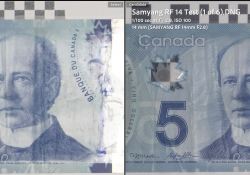

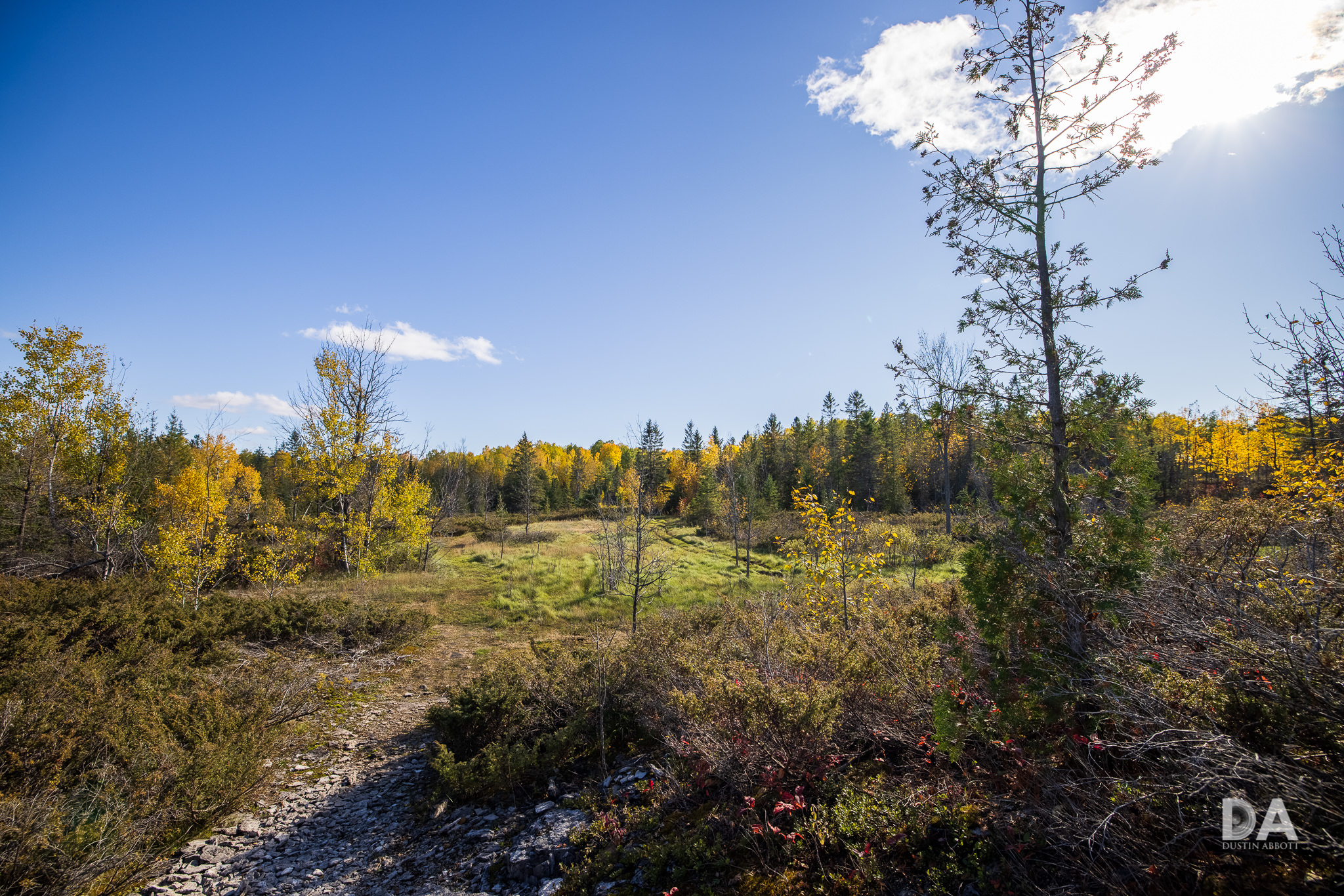
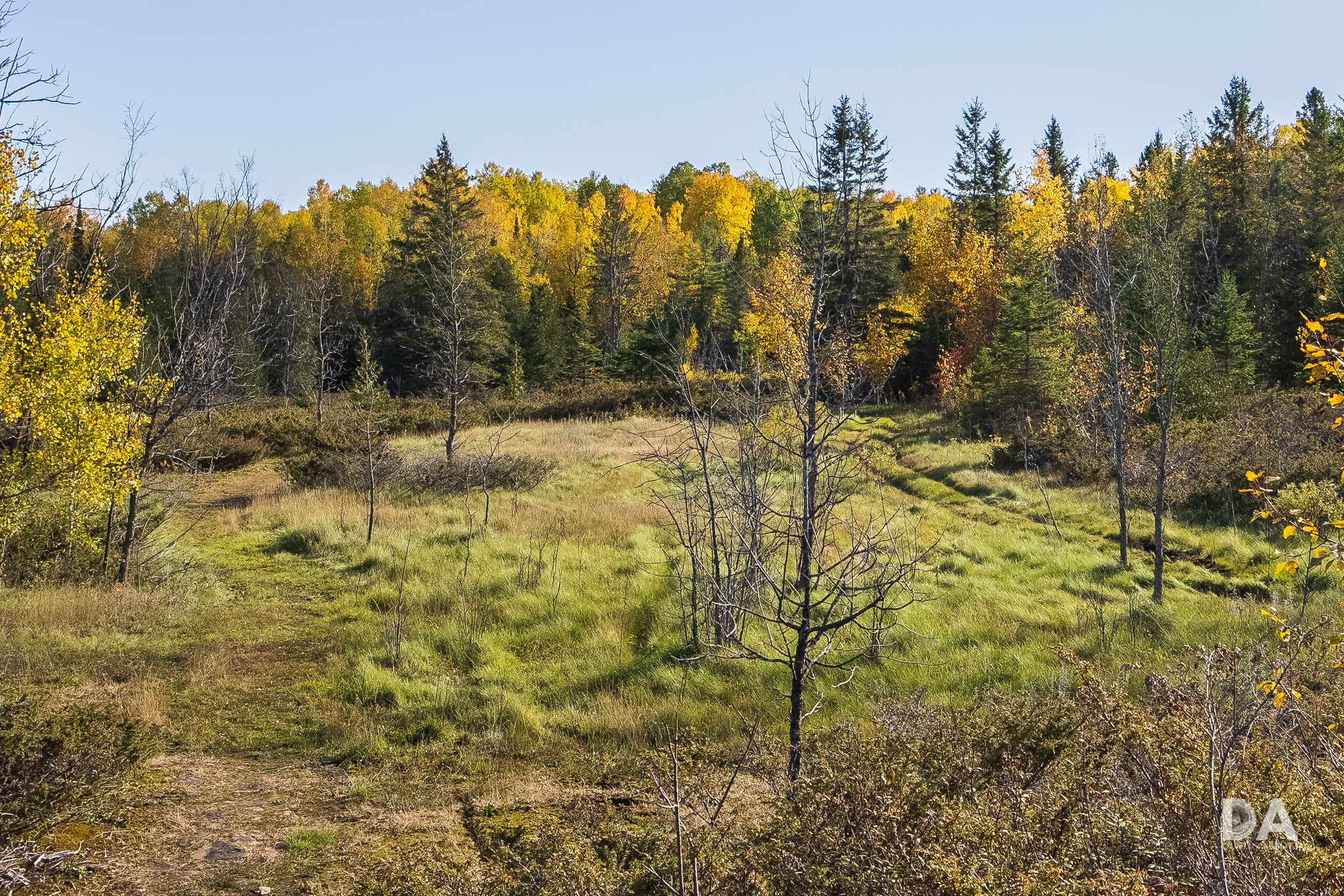
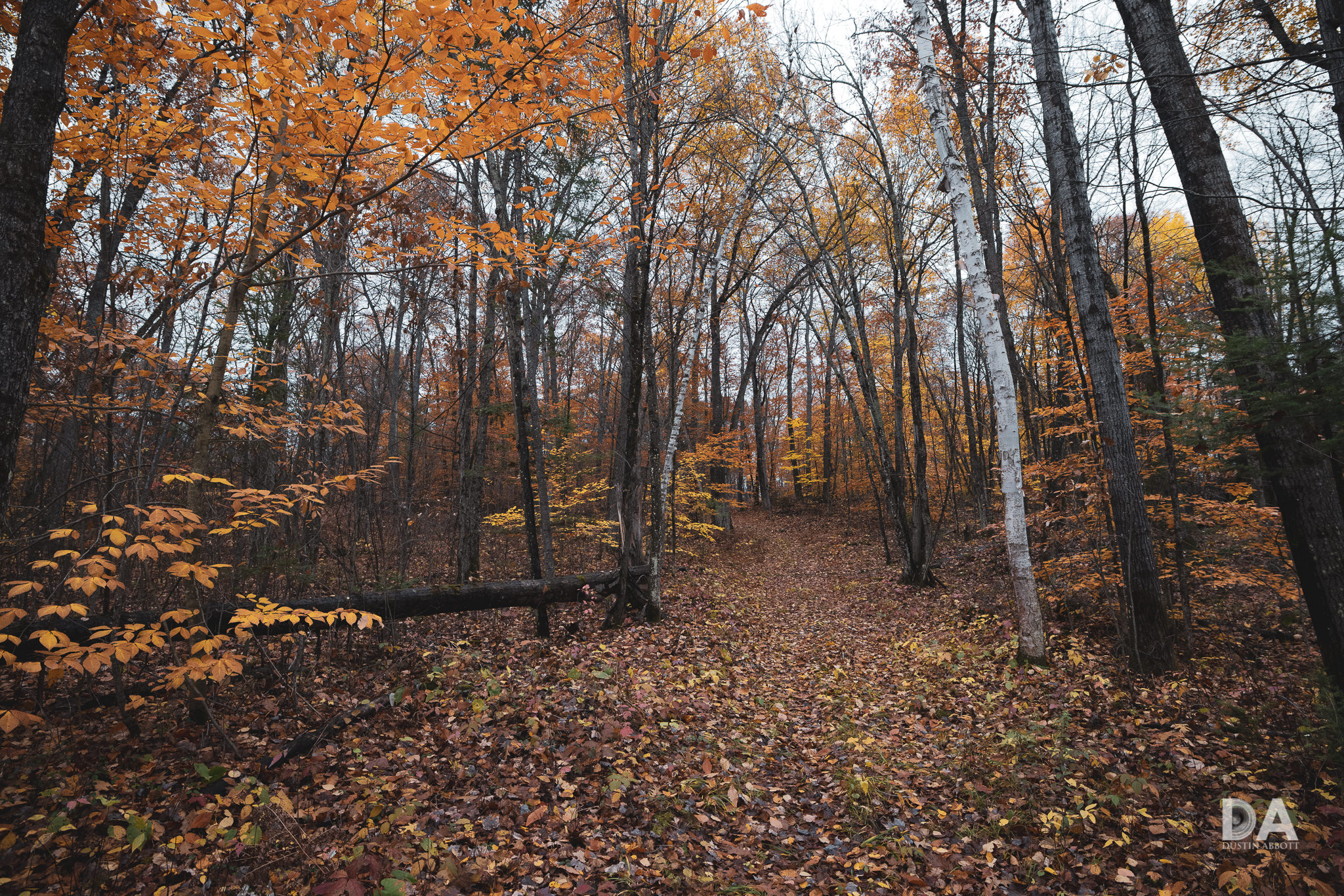
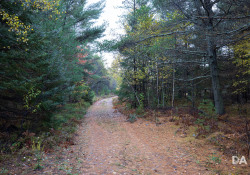
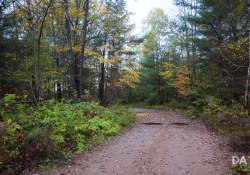






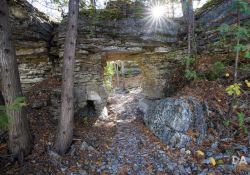



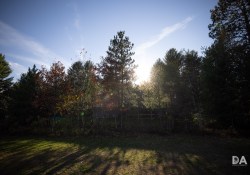
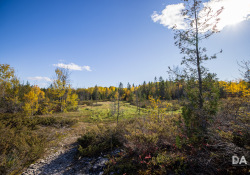



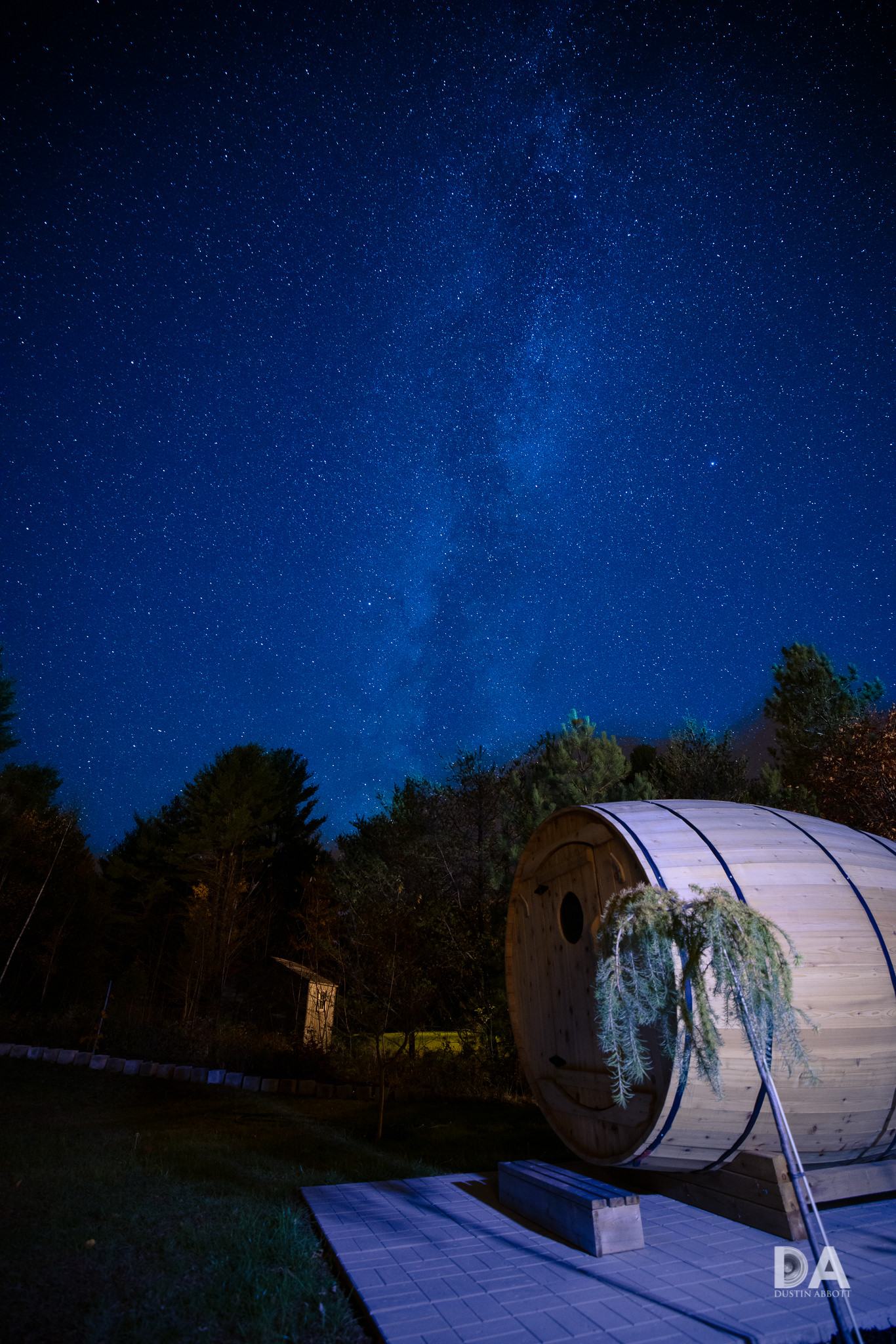

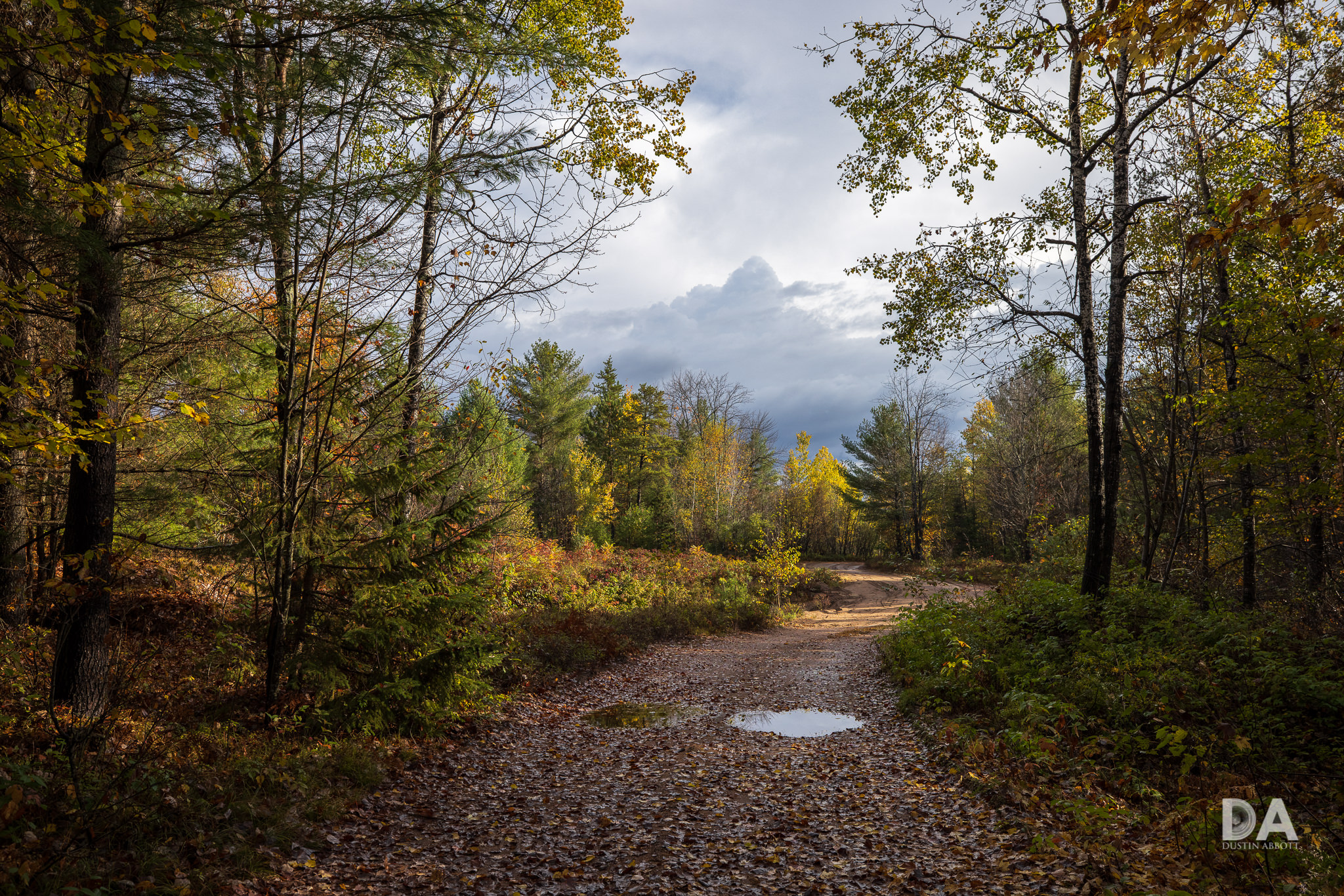
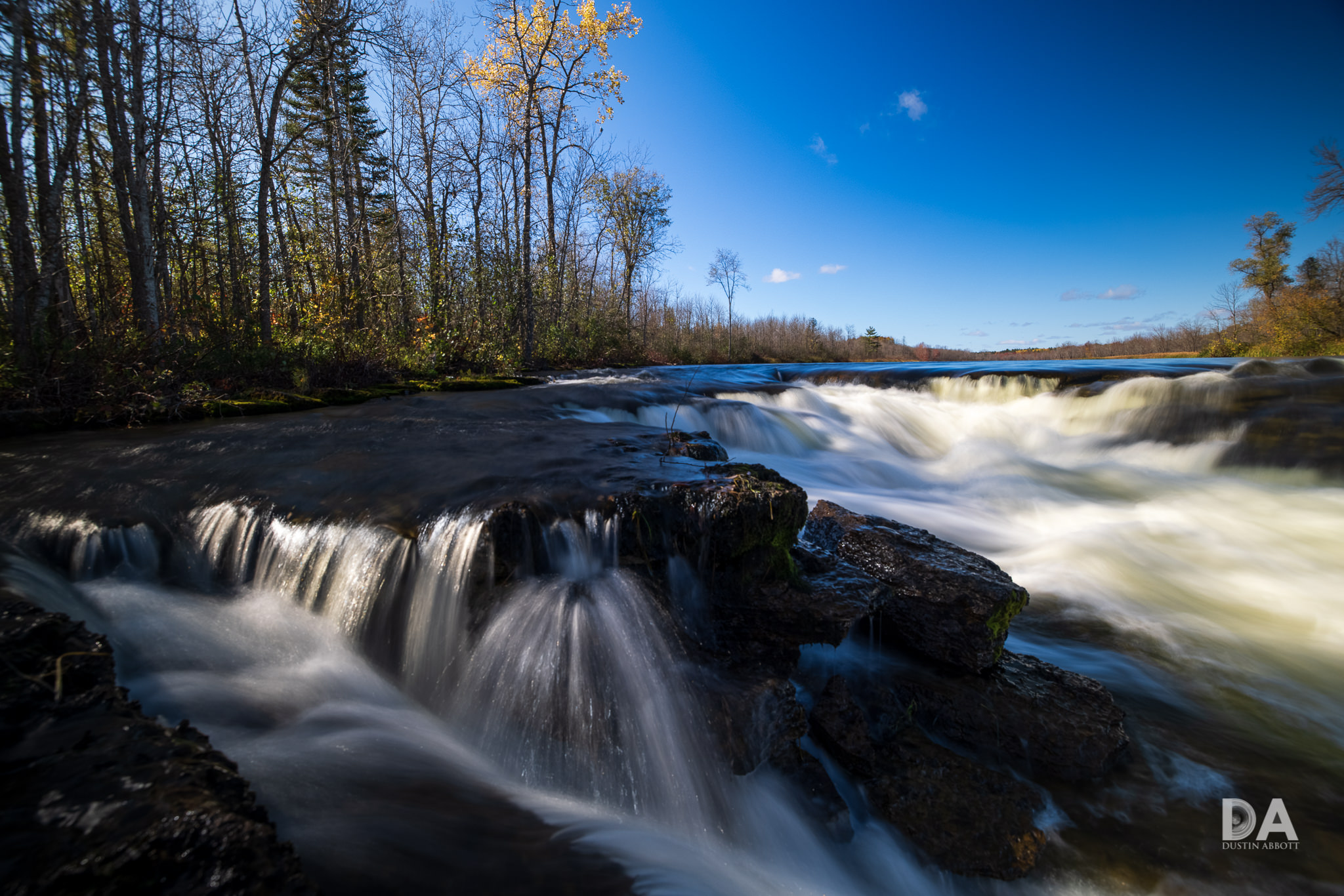




 Viltrox Pro AF 85mm F1.4 FE Gallery
Viltrox Pro AF 85mm F1.4 FE Gallery  Viltrox AF 85mm F1.4 PRO FE Review
Viltrox AF 85mm F1.4 PRO FE Review  Yongnuo YN 35mm F1.8 ART Gallery
Yongnuo YN 35mm F1.8 ART Gallery  Yongnuo YN 35mm F1.8 DA ART Review
Yongnuo YN 35mm F1.8 DA ART Review 


